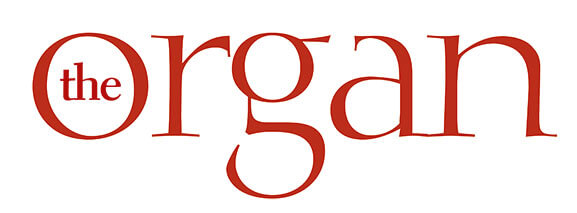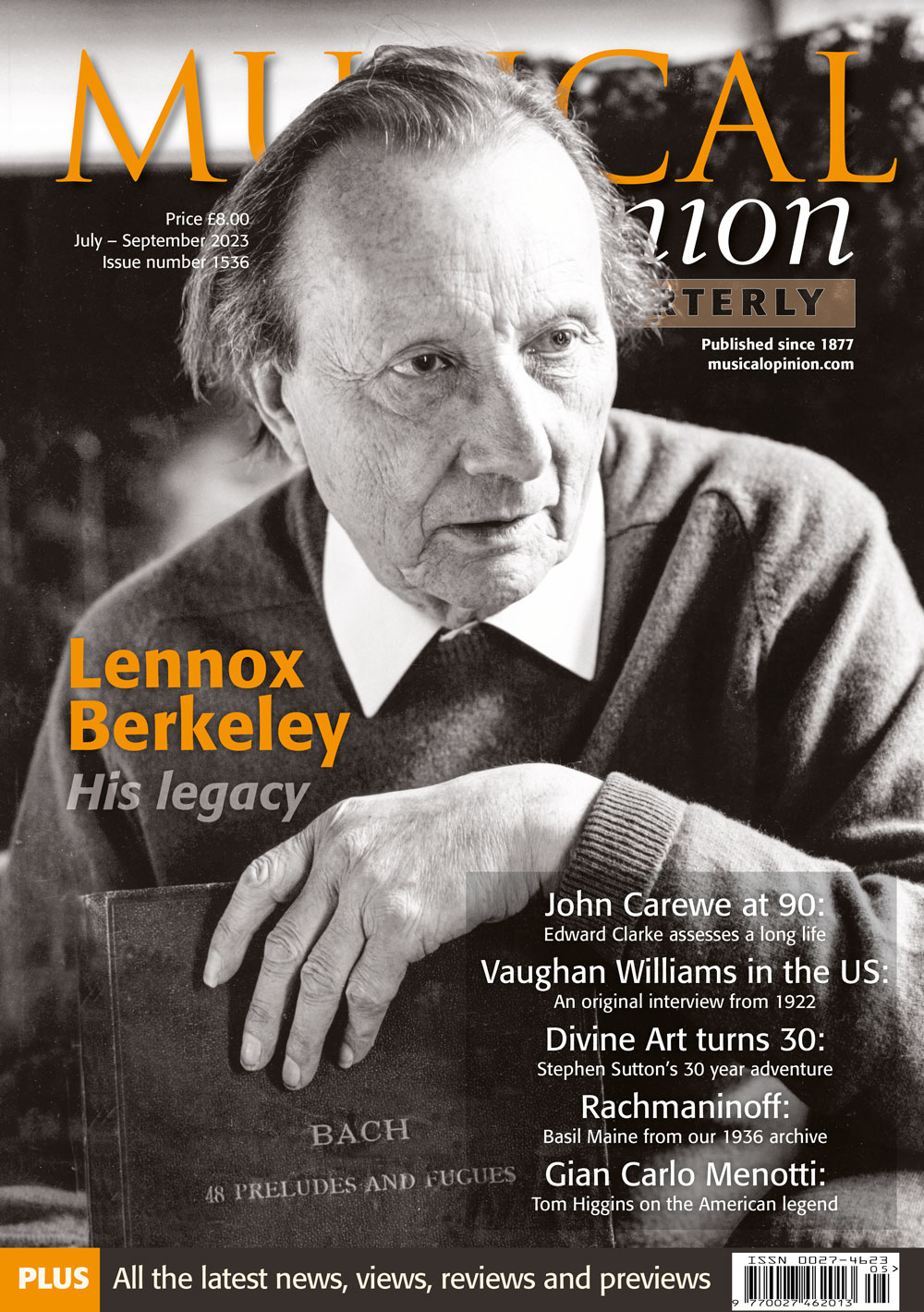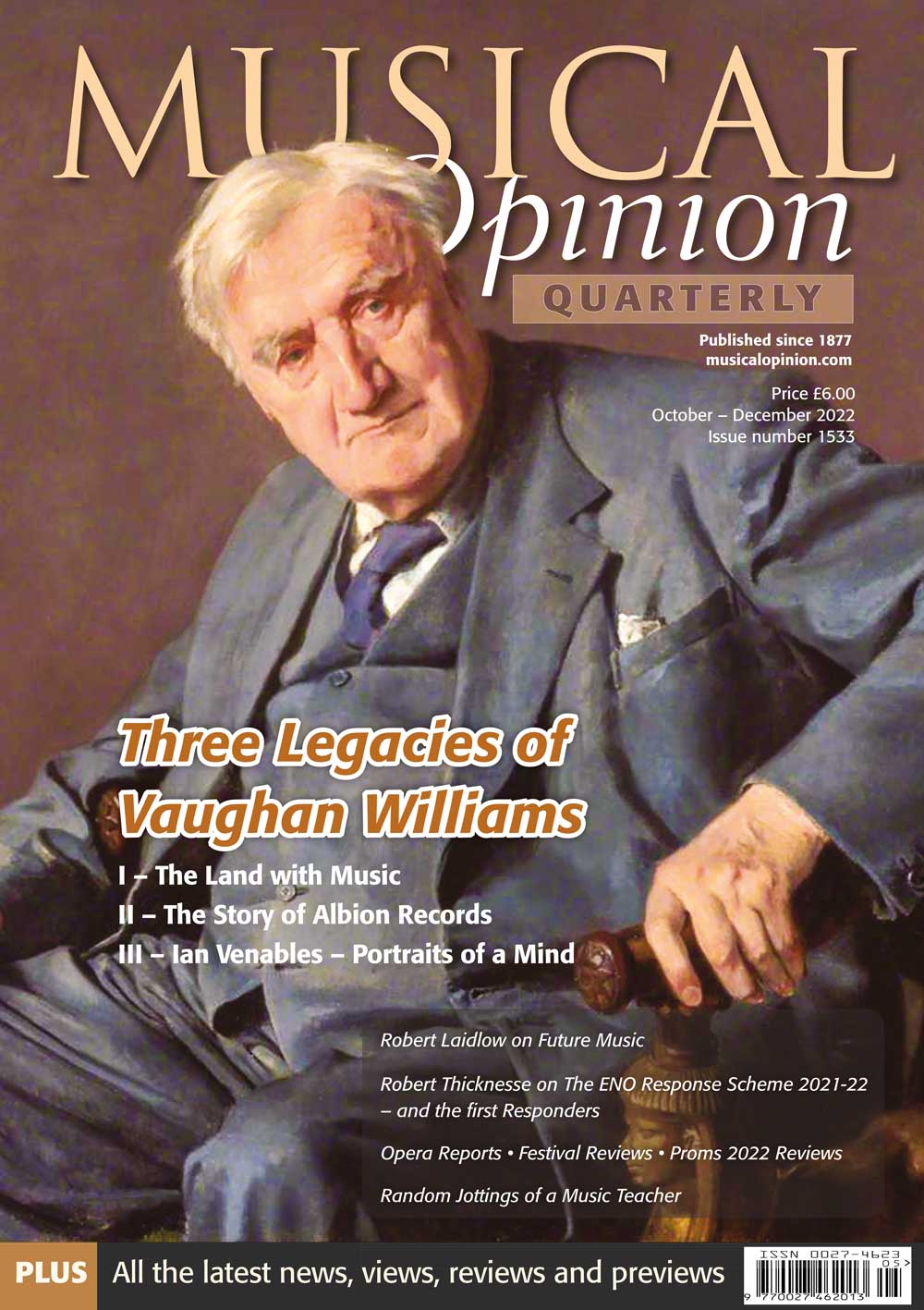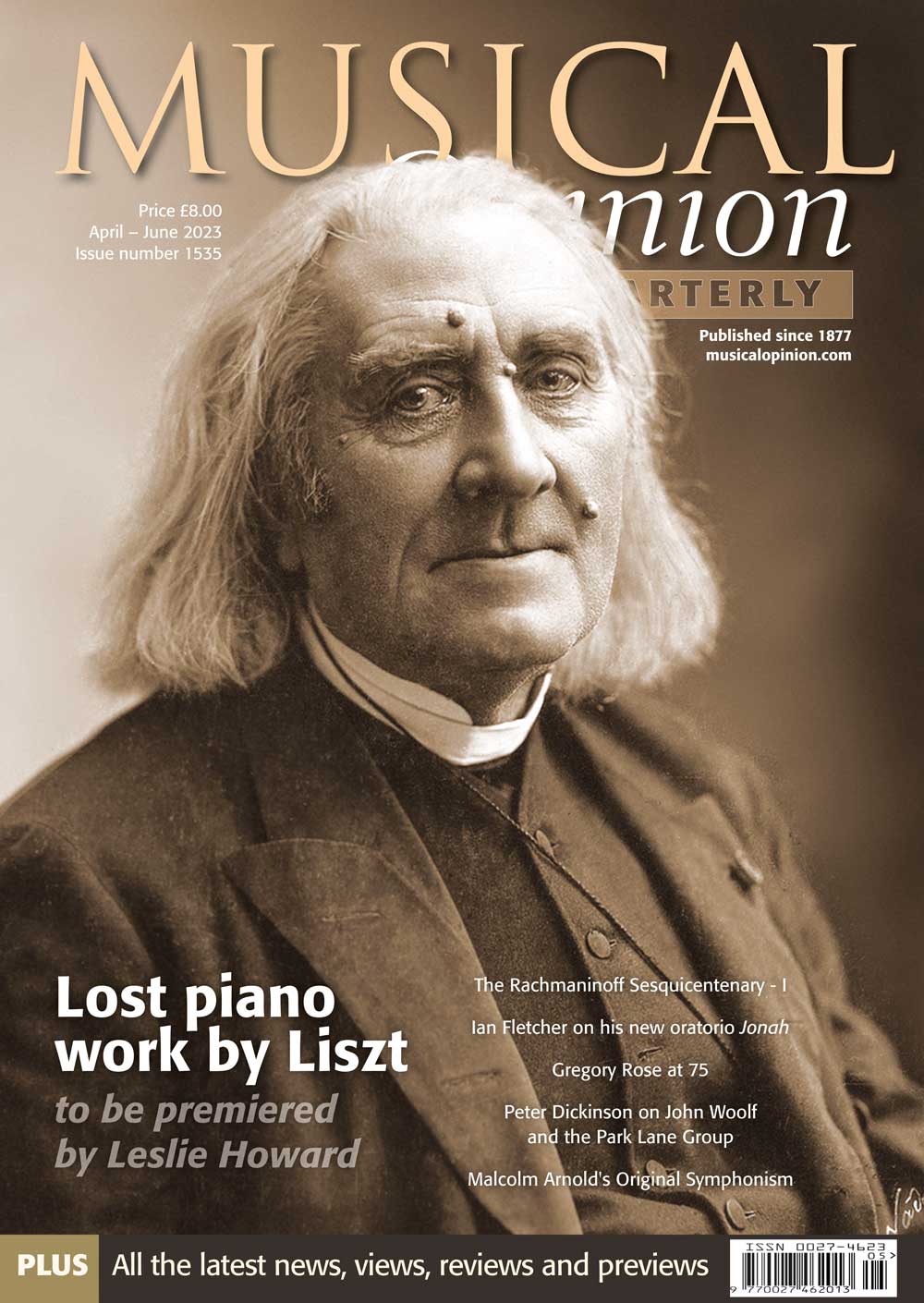Previous Issues
Autumn 2024. 410
Summer 2024. 409
Suite de Pièces pour Violon et Orgue
Spring 2024. 408
Winter 2024. 407
Autumn 2023. 406
Summer 2023. 405
Spring 2023. 404
Winter 2023. 403
Autumn 2022. 402
Summer 2022. 401
Spring 2021. 400
Winter 2021. 399
Autumn 2021. 398
Whilst staying at A4 size and 56 pages, the magazine has been completely redesigned with different fonts (more easy to read), bigger photopgraphs, more focus on things like specifications and more CD reviews of organ repertoire.
Summer 2021. 397
Winter 2021. 395
Spring 2021. 396
Autumn 2020. 394
Summer 2020. 393
Spring 2020. 392
Explore By Topic
Spring 2019. 387
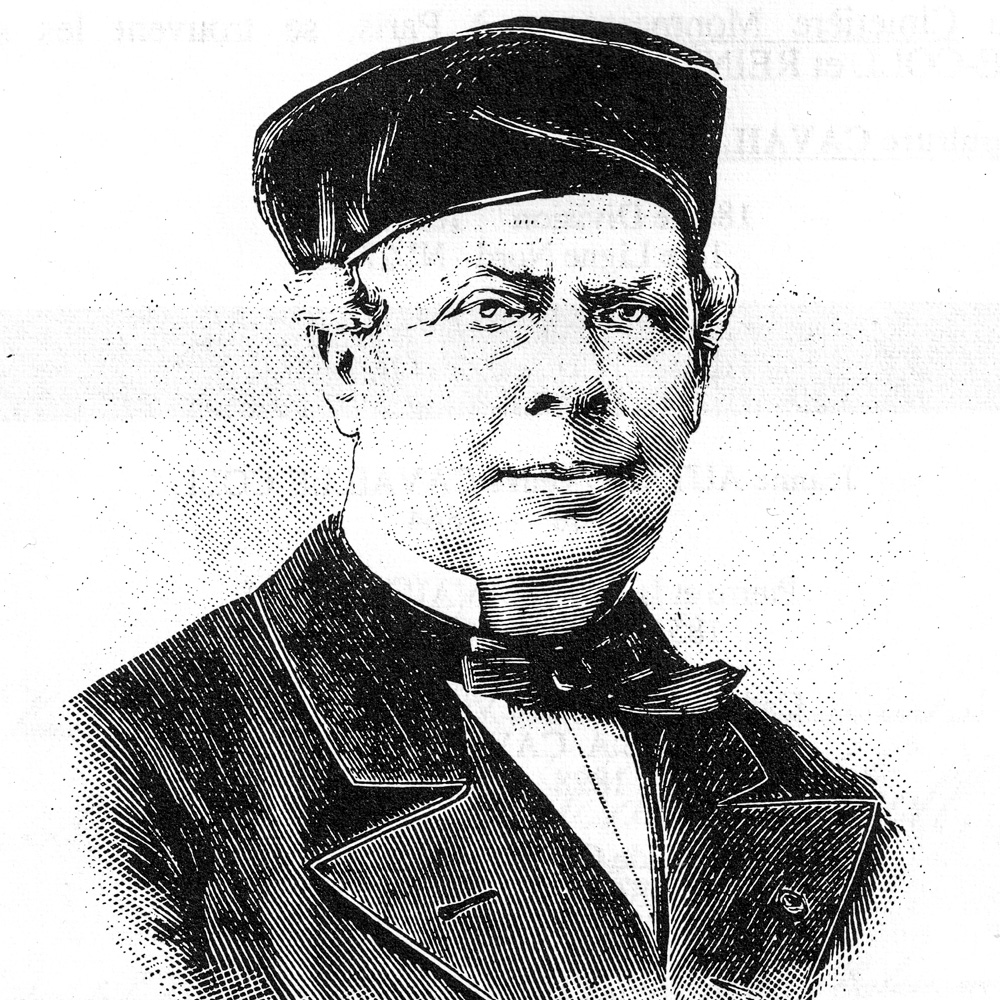
An Appreciation of Aristide Cavaillé-Coll on the 120th anniversary of his death
Michal Szostak
2019 marks the 120th anniversary of the death of the father of symphonic organs, Aristide Cavaillé-Coll. On this occasion, it is worth recalling this monumental figure, who in the 19th-century changed the image of French instruments, and thus influenced organ building in Europe and in many parts of the world, radiating in a unique way to the present day.
Reading the source materials about Aristide Cavaillé-Coll (his publications, scientific articles, notes, correspondences, etc), the literature on the subject allows us thoroughly to follow his entire life story. Below, I present a silhouette of Aristide Cavaillé-Coll, first of all as a man, emphasizing important moments in his life, which he experienced in parallel with the idea of symphonic organs evolving in his min
ristide Cavaillé-Coll came from the family for generations of organ builders with the roots of French and Spanish, which explains his two-part name. His great-grandfather, Gabriel Cavaillé (1699-1745), was a weaver in the village of Tarn. The first organ builder in the family was Gabriel’s brother, Joseph Cavaillé (1700-1767), a disciple of the Isnards Brother, leading his workshop in Toulouse; he built many instruments in the south of France and Catalonia. The grandfather of Aristide, and the son of Gabriel, Jean-Pierre Cavaillé (1743-1809), also an organ builder, married on February 12, 1767, Maria-Francesca Coll, a young woman from Barcelona (daughter of a weaver and producer of canvas). From the marriage of Jean-Pierre Cavaillé and Maria-Francesca Coll, Dominique-Hyacinth Cavaillé-Coll (1771-1862) was born, an organ builder and father of Aristide. WITH FULL SPECIFICATIONS
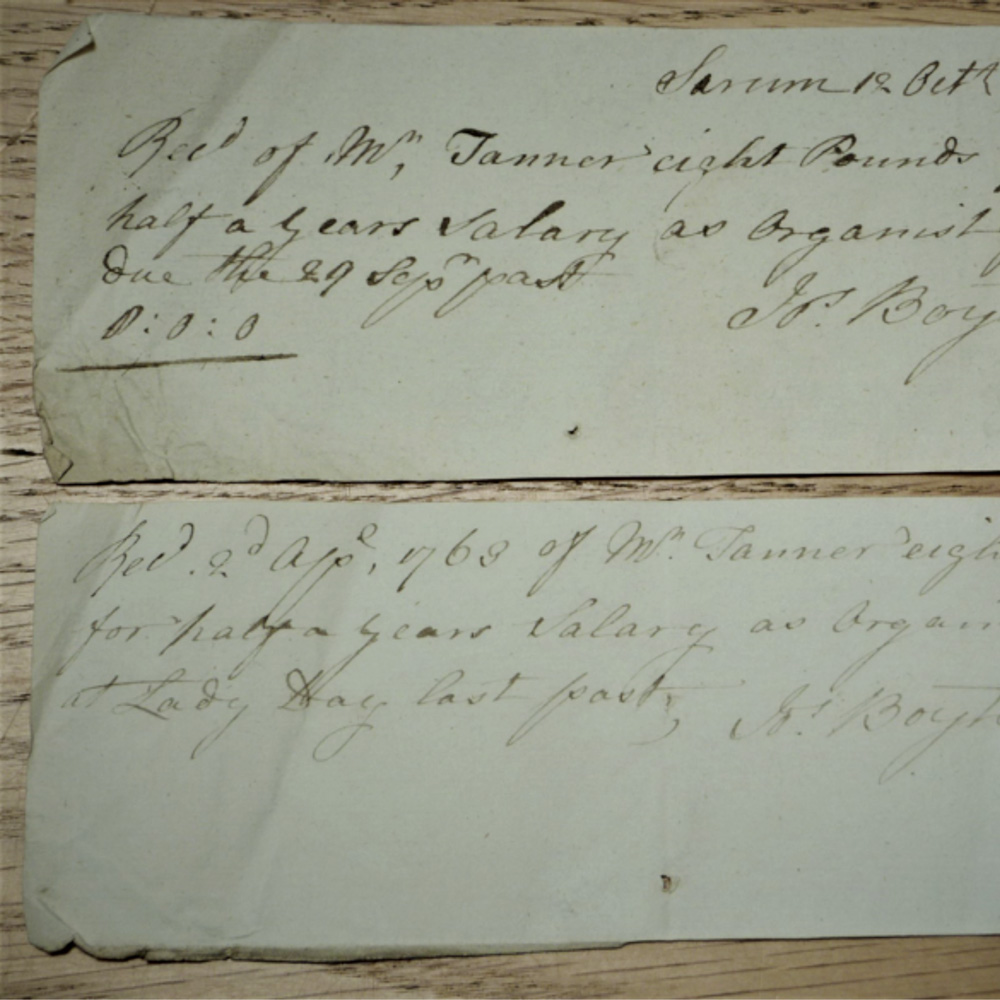
The Quarrel in the Organ Loft of St Thomas's Church, Salisbury
Christopher Daniell
The author outlines this cautionary tale of late 18th-century differences between those who make organs and those who play them.
In 1794 the organ maker Henry Coster and the organist of St Thomas’s Salisbury, Joseph Boyter had an argument in the organ loft of St Thomas’s Church, Salisbury. The case was brought before the church courts.
This article examines the lives, families and occupations of the two men who were closely connected with Salisbury. Henry Coster trained as an organ maker under Charles Green (a noted Salisbury organ maker) and made organs across the region. Joseph Boyter was the organist of St Thomas’s church from 1746 to 1807, making him possibly the longest serving organist in the country. His main occupation was as a woollen draper. He then switched to the hospitality trade and rented The Three Lions Inn on Queen Street in Salisbury. He was a prominent Salisbury figure and was the Clerk of the Course for the Racecourse. He then went bankrupt, but continued his occupation as organist. Both he and Coster feature within John Marsh’s Journals and had previously been involved in the run-up to two duels.
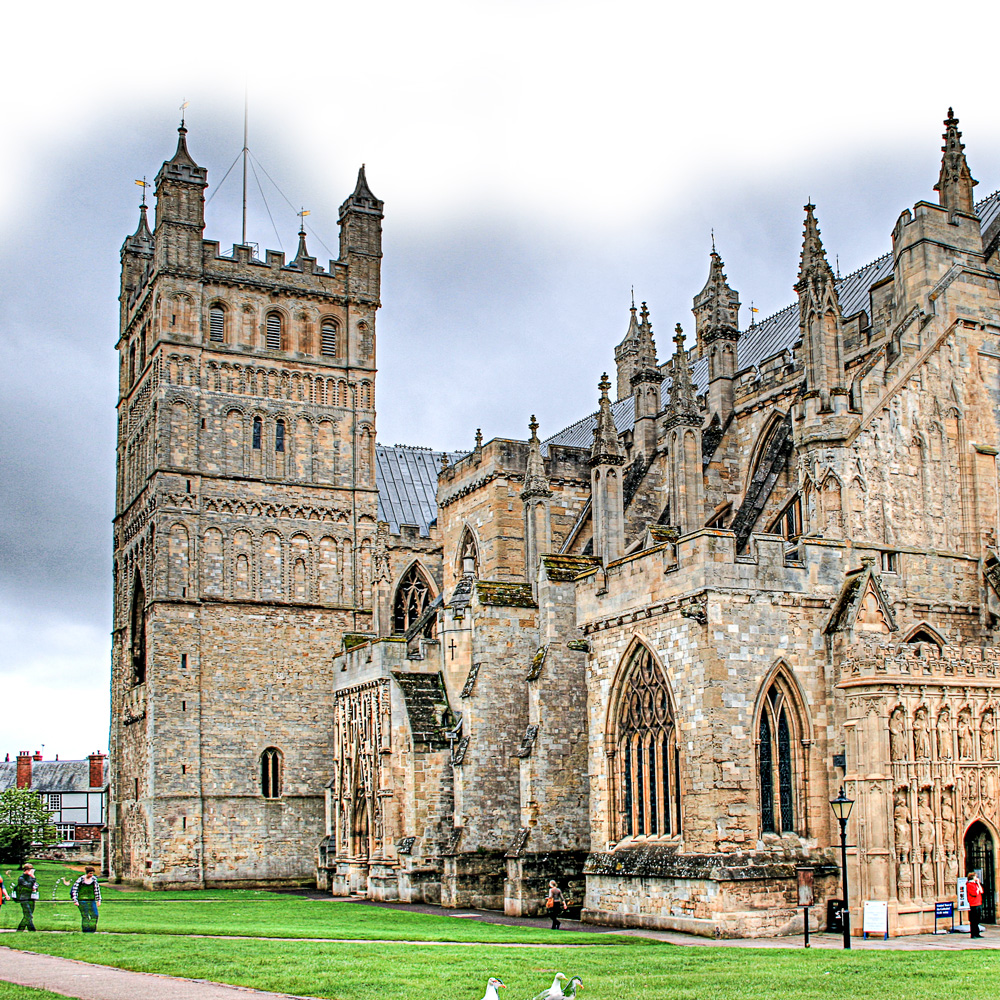
An Organ for Exeter Cathedral - 1513-14
Jo Huddleston
The author examines evidence concerning the vicissitudes of organ-building in England over 500 years ago.
Exeter Cathedral’s Fabric Roll 2703 and attachment shows that Laurence Playssher was paid “clxiiij.li.xv.s.vij.d” (£164/15/7) for a new organ standing “in pulpito”. This overall cost includes 2 payments for new tin, totalling £64/16/2. In contemporaneous terms, this is a very large sum indeed.
By way of comparison, in 1438, St Albans Cathedral had spent £51 on a totally new organ, of which the Cathedral was singularly proud; it was said to be the largest organ in England at the time (Andrew Lucas, Organs and Musicians of St Albans Cathedral). Using inflation figures given by Phelps-Brown (in Essays in Economic History, 1962) and Davis (Economic History Review, 2007, 60, 97-136), this sum appromimates to £59 in 1513-14.
Similarly, the organs built for churches in Barking (1513) and Coventry (1526) cost a little over £50 and £30 respectively. Each had ranks to suit a compass of 46 notes. The Early English Organ Project interpreted the original records as meaning full-compass open flues at 5ft, 2-1/2ft, and 1-1/4ft, plus a rank of regals. This conclusion is generally felt to be sound, though one could debate the balance between metal and wood pipes and the inclusion of regals. But, like the St Albans costings, these facts do emphasise how large Exeter’s expenditure was.
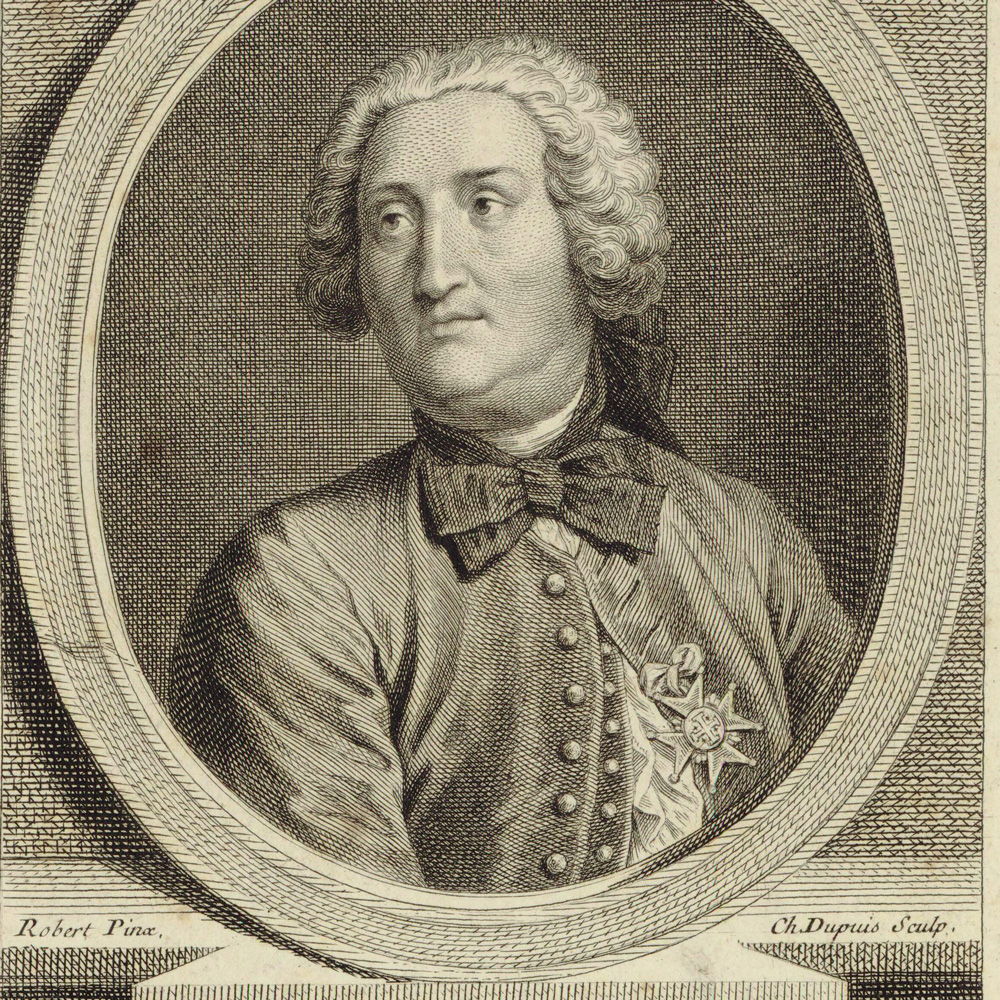
Anniversaries 2019
John Collins
Our noted regular contributor presents his annual informative listing of composers of organ music whose anniversaries fall in the coming year.
In 2019 there are several composers whose anniversaries can be commemorated, albeit some of the dates are not known for certain; some of the names listed below will need no introduction but there are also quite a few lesser-known names listed here whose compositions are well worth exploring. No claim is made for completion, and there is no guarantee that every edition mentioned is in print – there may well also be editions by other publishers. Websites have been given where known. Details of a few composers whose preserved output consists of only one or two pieces have been omitted.
An increasing number of pieces, ranging from complete original publications/mss (which present the usual problems of multiple clefs as well as original printer’s errors) to typeset versions of complete or individual works, are to be found on various free download sites, most noticeably IMSLP; however, the accuracy of some modern typesetting is questionable, and all should be treated with caution before use.
Pictured is Louis Marchand 1669-1732.
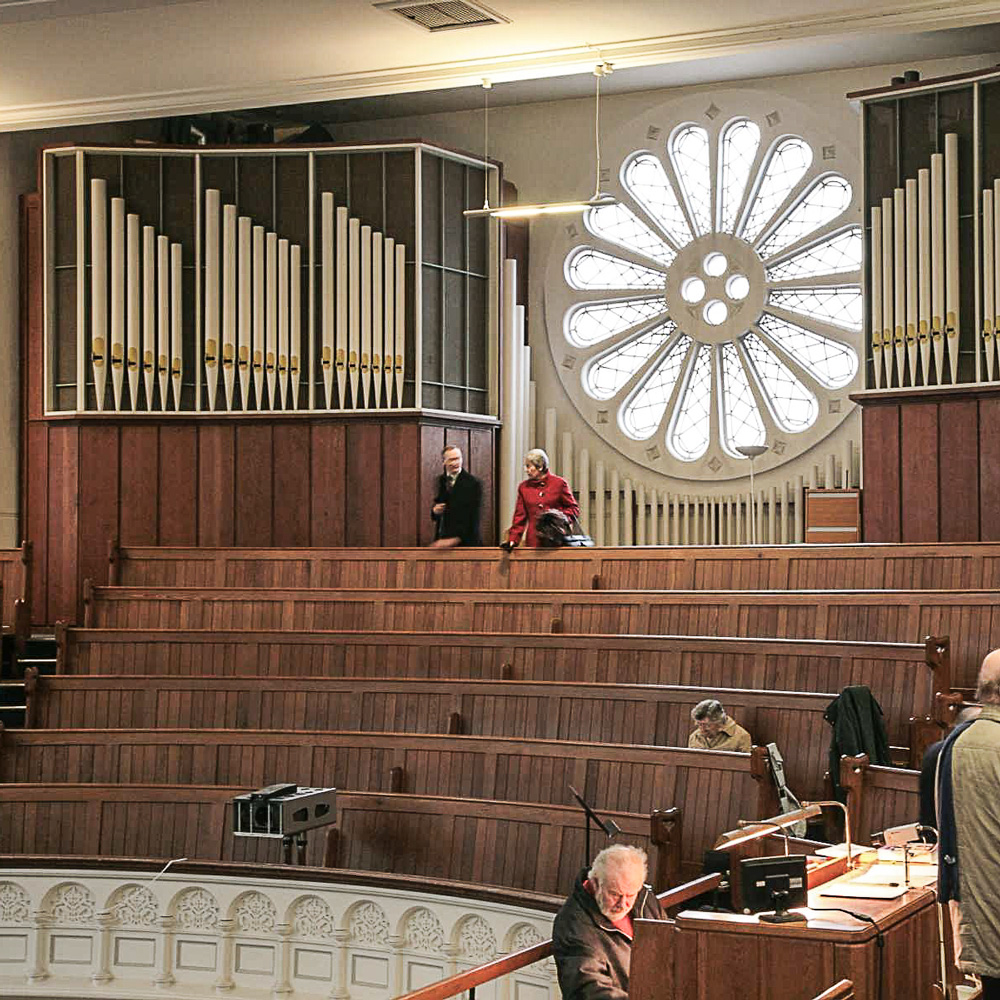
Organ Day in Bloomsbury 2019
Robert Matthew-Walker
The ninth Organ Day, 2019, organised by Music in Bloomsbury and Organists Onliine, took place in the familiar surroundings of Bloomsbury Central Baptist Church on Saturday January 26 under the patronage of Dame Gillian Weir, who was present to give a fascinating masterclass for four organists on César Franck’s Second and Third Chorals.
The fascination was centred upon Dame Gillian’s profound knowledge of and enthusiasm for these incomparable masterpieces – her comments were both insightful and full of such ease of communication as to hold the least knowledgeable member of the large audience in her thrall. Perhaps the most memorable aspect of Dame Gillian’s teachings, to the organists alongside her at the excellent 2008 BC Shepherd instrument – so suitable for this acoustically fine church – as well as her enthralled audience, was her insistence on a little-appreciated aspect of fine organ-playing, indeed of musicianship – phrasing.
Time and again, it was Dame Gillian’s explanations and (occasional) practical demonstration of the necessary and expressive qualities of thoughtful musical phrasing that shone new interpretative insights into these works. Her comments were readily taken up by the four gifted organists – George Inscoe, Timothy Patient, Mark Brafield and Michael Whytock – who played for her: lucky musicians, all!
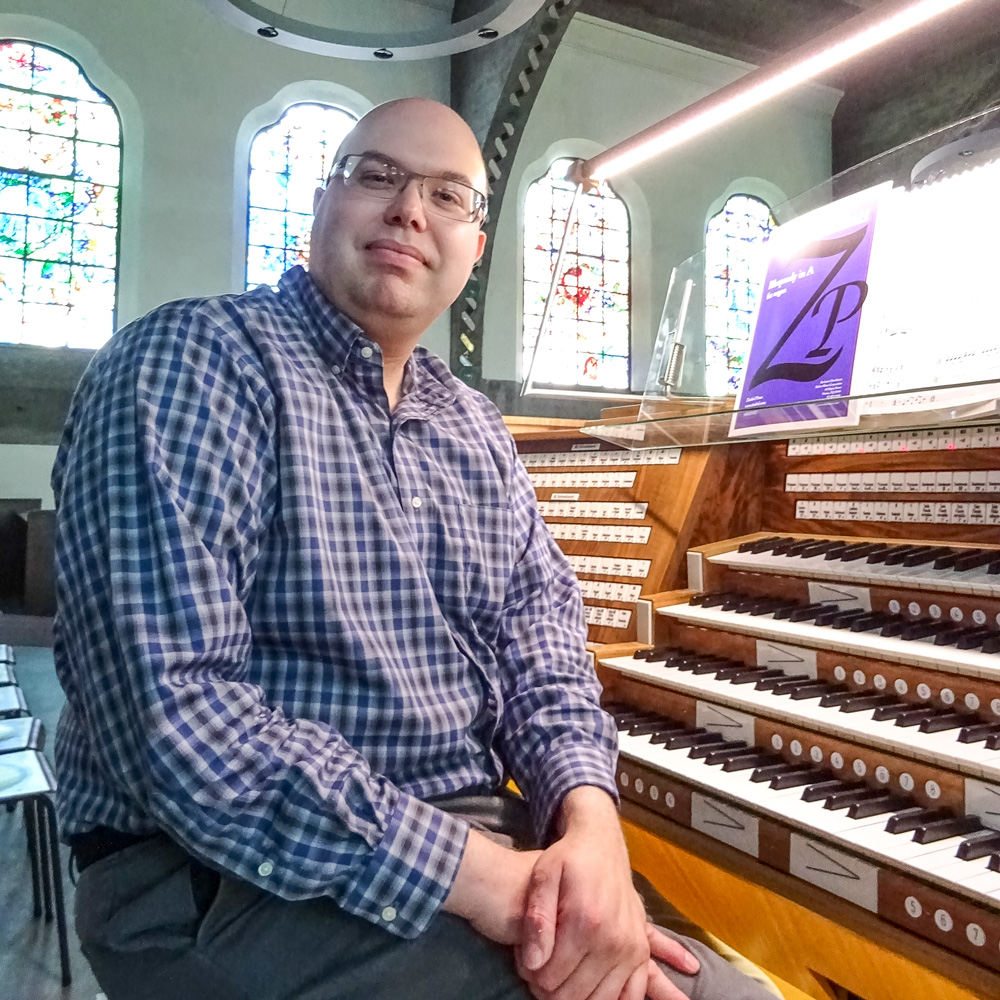
Carson Cooman: a voice to be reckoned with
Jonathan B Hall
I met Carson Cooman by a concatenation of previous encounters. While doing doctoral research on the American organist Calvin Hampton (1938-1984), I met Harry Huff (1952-2016), Hampton’s assistant and successor at Calvary Episcopal Church on Gramercy Park in New York City. Huff’s career was remarkable, all the more so for his modesty. He worked with renowned musicians and people of culture (including Jessye Norman, Art Garfunkel, and Meredith Monk, inter multa alia). He always seemed to have another important iron in the fire waiting to be revealed in the course of a far-ranging conversation.
Eventually Huff was appointed to Harvard University’s Divinity School and Memorial Church. (He later left the Memorial Church to become minister of music of Boston’s Old South Church; he retained his position at the Divinity School.) It was Huff who first told me about Carson Cooman. He was breathless with excitement, unable to praise the brilliant young man highly enough. Characteristically, his enthusiasm was instantaneous and overt, expressed without any sense of jealousy. I became acquainted with Cooman only later, but his music came onto my proverbial radar screen at that point.
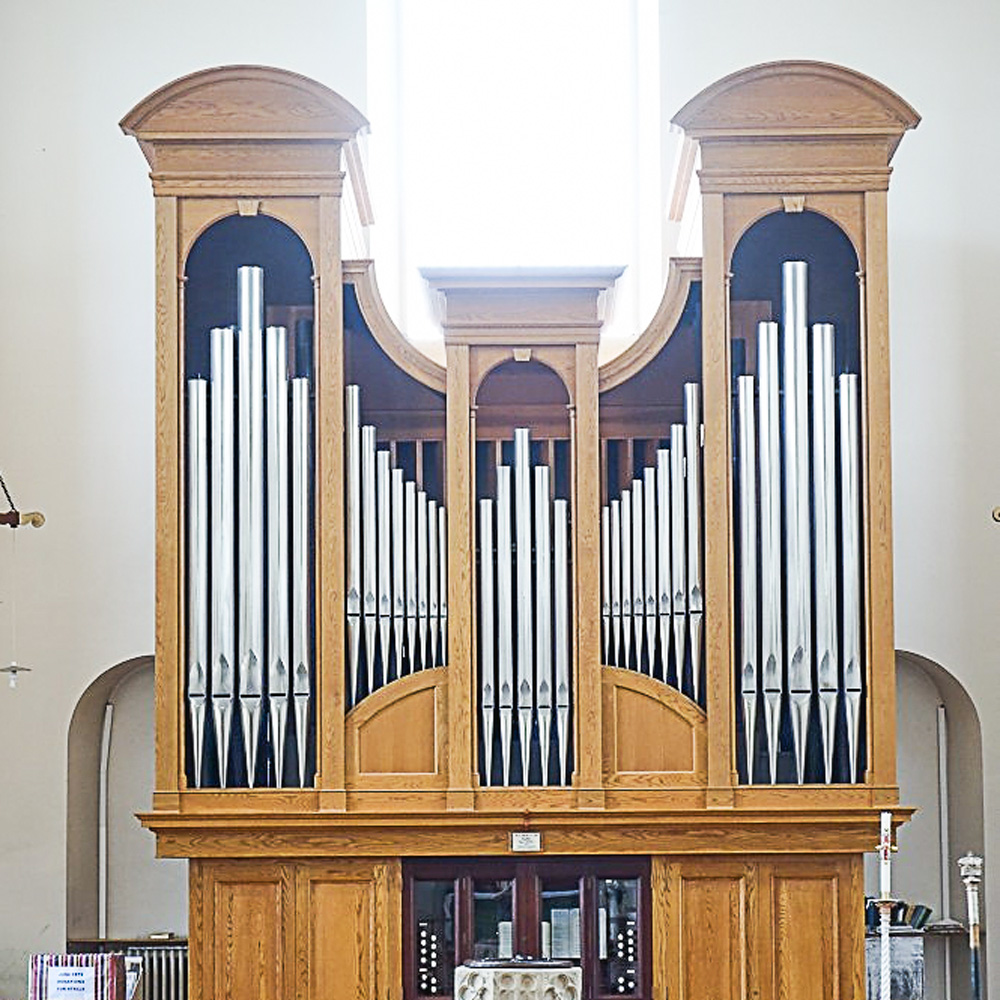
The 2018 organ recital series at St Alphage Burnt Oak
Eric Shepherd
The new organ at St Alphage, Burnt Oak was built in 2002 to replace the former 1870s Hunter two-manual 11 stop organ which was installed in the then new church in 1927 in a gallery on the north side above the choir stalls. We had tuned this organ since 1972. After a fire in 1994 which completely destroyed the Hunter organ, we lent the church a small second-hand 2 rank extension organ which was placed at the west end of the building. It was decided that an organ in this position would be far more effective than in the former organ gallery. Various second-hand organs were suggested to be installed either in the old gallery or at the west end, and new organs were suggested by several organ builders. The Vicar, Prebendary Hugh Moore, who has been at St Alphage since 1970, preferred the sound of a mid-Victorian organ to the sound of a new organ. The old Hunter organ had a lovely unforced tone. We suggested building a new tracker organ with some new and some second-hand pipes, but then the organ from Manor Methodist Church in Bermondsey where we had tuned the organ for 30 years, became available, because the 1950s church was deemed too large for their congregation. The pipework for this organ was from the 1857 Father Willis organ which was in the pre-war church. The Willis organ had originally been built for the Surrey Chapel in Blackfriars Road, and was later moved to the Manor Methodist Church where it remained unaltered until the building and organ were damaged in the war. A new much smaller church was built in about 1955, and the remaining pipework was incorporated into an organ placed behind a grille at the front of the church, using second-hand chests and a second-hand detached console. There is an article on the original organ at Bermondsey in The Organ by Cecil Clutton, entitled Eighty Years [No. 59 January 1936]. WITH FULL SPECIFICATION
